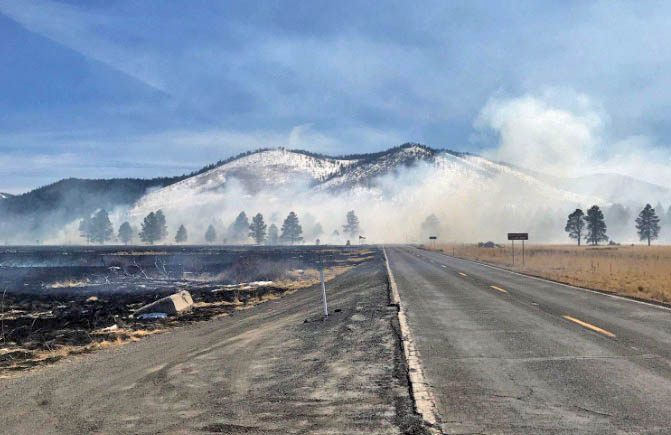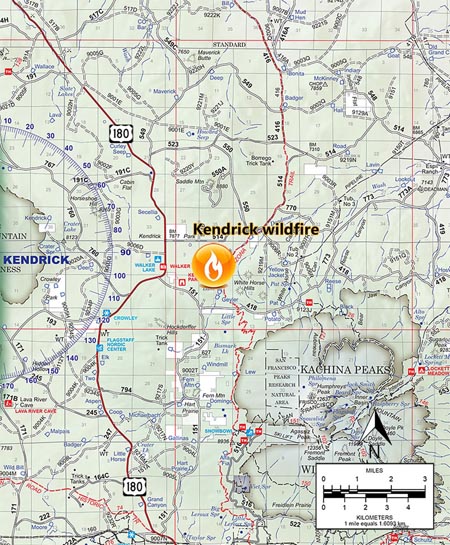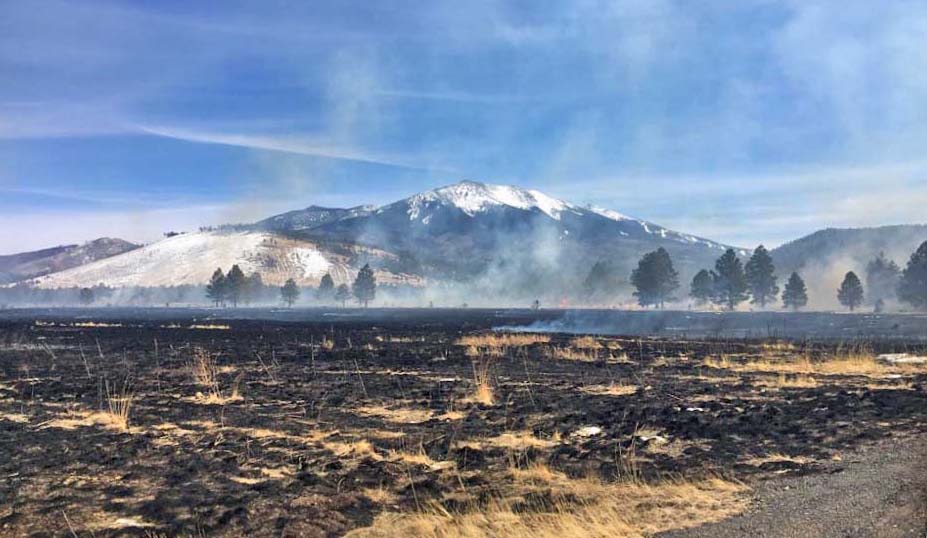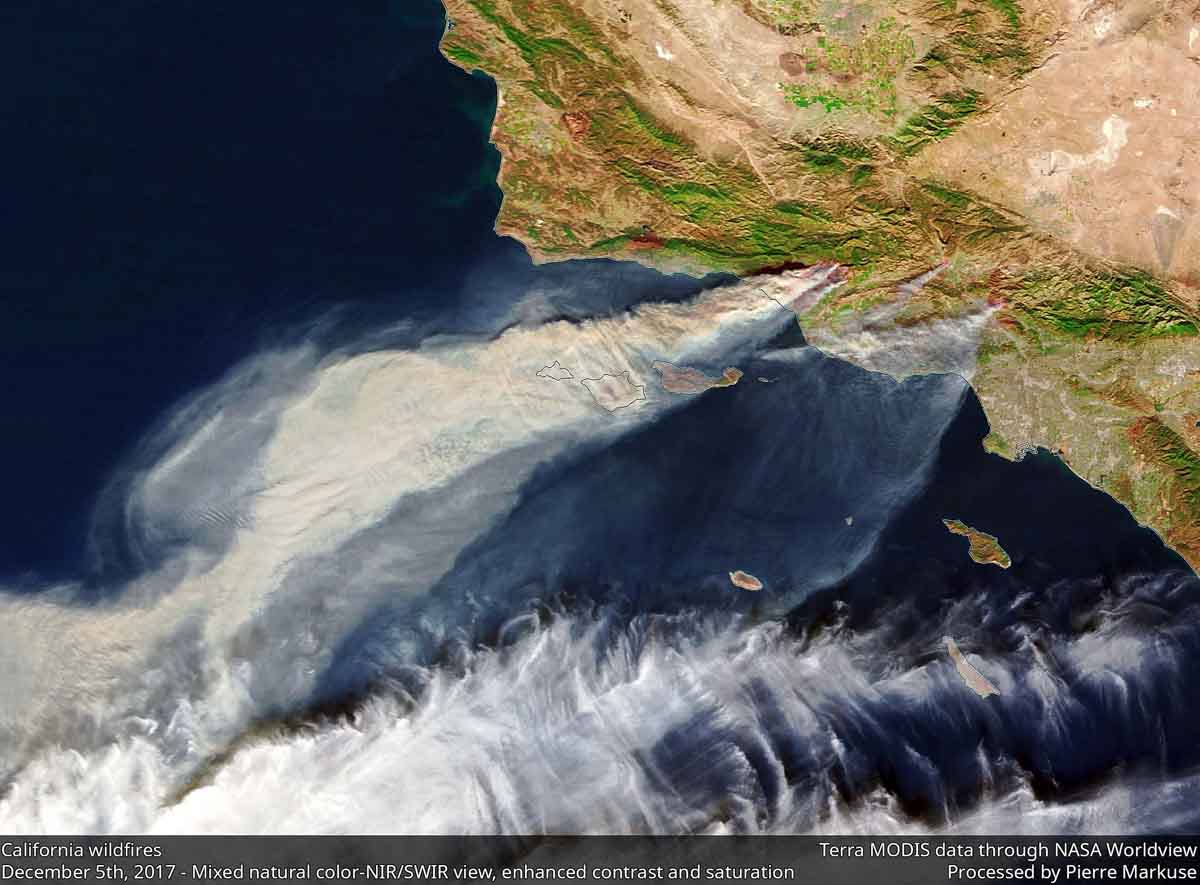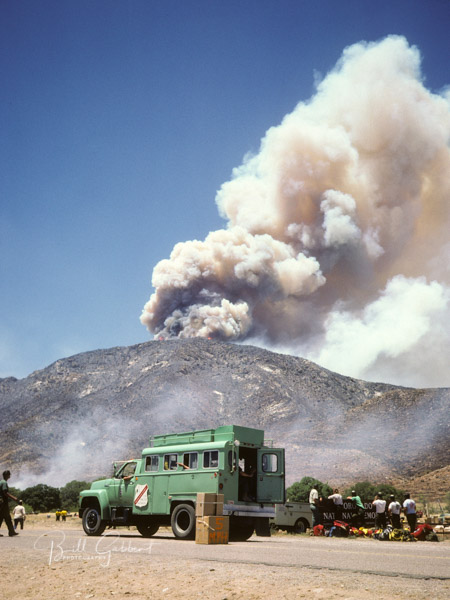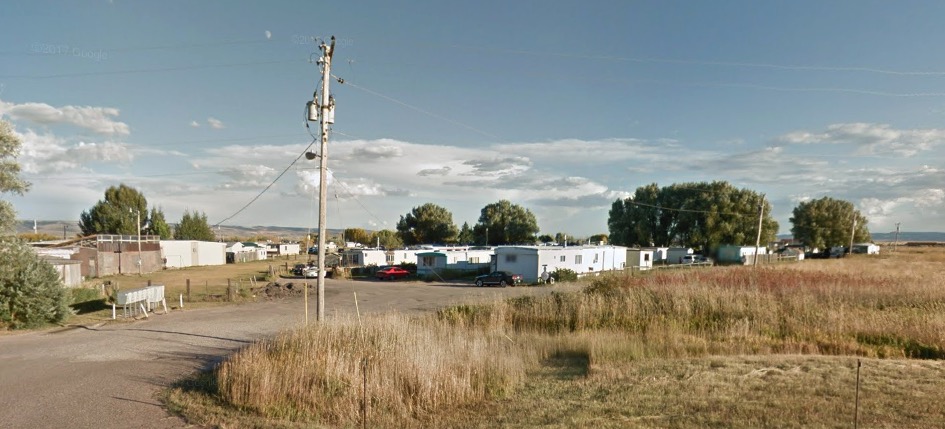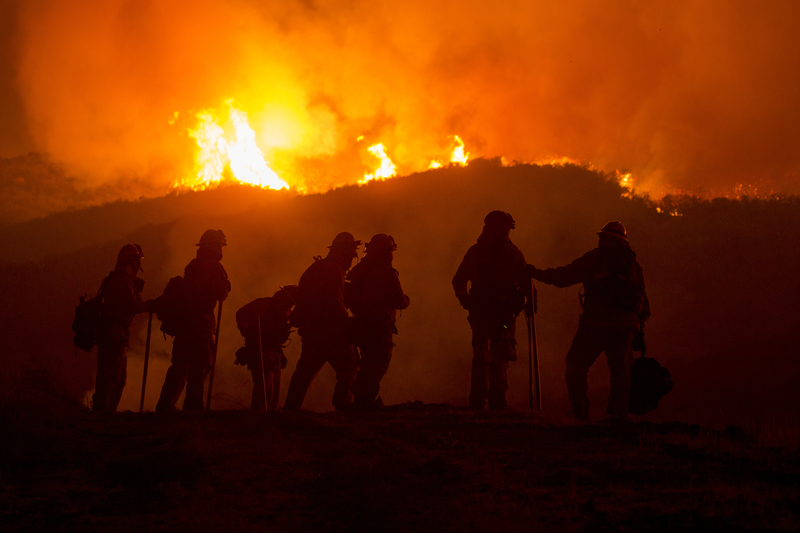(Originally published at 5:36 p.m. MST March 7, 2018)
Tony Tooke, the Chief of the U.S. Forest Service has resigned. Recently the agency confirmed that the Department of Agriculture has “engaged an independent investigator” to look into complaints against the Chief.
In an email to FS employees sent at 3:16 p.m. MST March 7 Chief Tooke wrote:
…Therefore, I have decided that what is needed right now is for me to step down as Forest Service Chief and make way for a new leader that can ensure future success for all employees and the agency…
To our knowledge the first reports of impropriety by Chief Tooke that were reported by a reputable news organization came on March 2 from the PBS program NewsHour, which received confirmation about the investigation from the FS. It was disclosed during the program’s second installment in their series about sexual harassment in the agency.
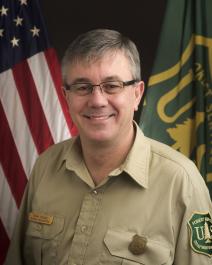
We have not seen any allegations of sexual harassment by Chief Tooke — PBS used the term “sexual misconduct”. One of our sources told us that the investigators were looking into what appeared to be a consensual relationship with a subordinate and that the woman involved had not filed a complaint.
Below is the complete text of Chief Tooke’s email sent Wednesday afternoon to Forest Service employees:
Subject: My Commitment to All Forest Service Employees, Our Mission, and the Best Possible Future
Every Forest Service employee deserves a safe and respectful workplace free of harassment. Each employee deserves the very best leadership to bring about the cultural change necessary to rid the Forest Service of harassment, bullying, and retaliation.
Many of you have seen the news reports which included the stories from women who told of their experiences with sexual harassment in the Forest Service. I admire their courage. Their stories are heartbreaking and reveal that we must do much more to achieve a safe, positive, and respectful work environment for all employees. Please know that Forest Service leadership is committed to investing in the changes and resources needed to improve and become much better.
Though we still have much to do, we have taken steps to improve policies, accountability, reporting systems, and training. A Senior Advisor has been designated to focus on work environment and an employee advisory group is being formed to help. However, we must address the drivers in our culture and change the systems that allow harassment, bullying and retribution to occur. Every employee must feel safe, valued, respected and free to speak up without fear of reprisal.
We are in a moment at the Forest Service when we have a tremendous opportunity to mold a bright and successful future in delivering our mission. To seize this moment, however, the right leadership must be in place to create an atmosphere in which employees can perform their very best work. Each employee deserves a leader who can maintain the proper moral authority to steer the Forest Service along this important and challenging course.
In some of these news reports, you may have seen references to my own behavior in the past. This naturally raised questions about my record and prompted an investigation, which I requested and fully support, and with which I have cooperated. I have been forthright during the review, but I cannot combat every inaccuracy that is reported in the news media. What I can control, however, are decisions I make today and the choice of a path for the future that is best for our employees, the Forest Service and the U.S. Department of Agriculture. I must also think about what is best for my family. Therefore, I have decided that what is needed right now is for me to step down as Forest Service Chief and make way for a new leader that can ensure future success for all employees and the agency.
I have loved the Forest Service, our employees, and our conservation and public service mission since joining at age 18. I am so grateful for the teaching and mentoring I’ve received from so many employees from field technicians to those at all levels, people from all walks of life. I have never worked anywhere else in my career and I am so proud to have served with all of you in sustaining the health, diversity, and productivity of the nation’s forests and grasslands for present and future generations. I will always be grateful for the hundreds upon hundreds of employees that I’ve worked with directly as well as the thousands of others, past and present, who have been so dedicated and committed to caring for the land and serving people.
I thank Secretary Perdue for the opportunity to serve you as Chief and for the tremendous support he has shown for the Forest Service and the work we do: I also thank all of you for the support and confidence that you’ve shown in me in this role. I am proud of all of you, including our partners and volunteers, for all that you do every day to serve the American people and care for our natural resources and public lands.
I wish each of you the very best. My retirement will be effective immediately.
Tony

